Photography 101: Shooting in Manual: Aperture
Taken with Canon 6D and Canon 35mm 2.0 lens
Settings: Aperture f/4 Shutter Speed 1/400 ISO 800
So…WHAT IS APERTURE?
Aperture is the 3rd part of the exposure triangle that we are going to talk about. But exactly what IS aperture? One of the things that gets people confused is that aperture is often described in different terms: aperture, f stop, and depth of field. The problem is that although they are all used interchangeably, they really all have a different meaning.
Your aperture controls how much light is able to enter your camera. Technically, an aperture is the opening inside of your lens that can open up wide or can close down very narrow.
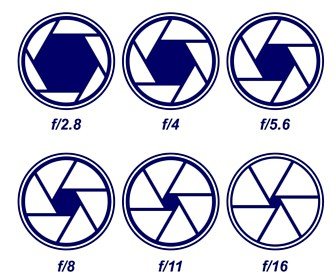
f stop
An f-stop is written like an equation. The f-stop corresponds with how wide the aperture( the opening) inside your lens is. Traditionally, f-stop is written like f/4.0 but you will see it as f4.0 or even just 4. F-stop can range from f/1.4 to f/32 depending on the lens in the following increments: f/1.4 f/2 f/2.8 f/4 f/5.6 f/11 f/16 f/22 f/32.
Note, the f-stops I gave you are considered full f-stops. If you see f-stops in any other increments, they are half,third or quarter f-stops.
NOW!
The lower the f -stop number, the wider your aperture is opened. And the higher the f-stop number, the more narrowly the aperture is opened.
Reread that and look at the diagram above.
It’s important that you get this.
So, if looking at the diagram above, you can see that an f-stop of f/2.8 means that your aperture is WIDE OPEN while an aperture of f/16 means your aperture is closed down very small.
SO
A LOW f-stop number means you have a wide aperture which means you are allowing MORE light into your camera.
A HIGH f-stop number means that you have a narrow aperture which allows LESS light inside the camera.
A wide opening inside the lens (a small f-stop number, like f/1.4) is also considered:
- having your lens ‘wide open’
- a ‘wide aperture’
- a ‘large aperture’
- a ‘fast aperture’
- a ‘maximum aperture’
And a small opening inside the lens (a large f-stop number, like f/22) is also considered:
- having your lens ‘closed down’
- a ‘narrow aperture’
- a ‘small aperture’
- a ‘slow aperture’
- a ‘minimum aperture’
Unlike shutter speed and ISO settings, which are based on the capabilities of your camera, aperture settings are based on the capabilities of the lens you’re using. One of the single biggest factors in determining the quality (and the price) of a lens is how wide its aperture will open.
If you want to know how wide the aperture on your lens will open, grab a lens and look. There are numbers either on the outside of the lens or inside the rim of the lens. Look for a “1:” to tell you your maximum or widest aperture. On the lens above it says 1:2.8. that means your widest aperture is f/2.8.
Now if it says something like 1:3.5-5.6, then you have what they call a variable aperture lens. meaning your aperture will vary depending on how zoomed in or out you are. If you are zoomed out away from your subject, the widest that your aperture would be would be f3.5. When zoomed in, the widest your aperture would be would be 5.6. Each time you zoom, your aperture changes.
Depth of Field
What makes aperture such an important aspect of our photography, is the ability of aperture to affect our Depth of Field. Depth of field is the amount of your photo that is actually in focus. The smaller the f/stop, the smaller your depth of field. The larger the f-stop, the larger your depth of field.
A LARGE depth of field means that a large of amount of your photo will be in focus. SO both the foreground and the background will be in focus. You would get this with an aperture of f/22 like the photo below.
Taken with Canon 6D and Canon 24-105 f/4 L lens
Settings: f/22 SS: 1/200 ISO 400
A SHALLOW depth of field means that only a small part of the photo will be in focus. And the rest will be blurry or have Bokeh. You might get this with a aperture of f/2.8.
Taken with Canon 6D and Canon 40mm f 2.8 Lens
Settings: f/2.8 SS 1/640 ISO 1600
So that is a brief description of what is aperture! And of COURSE! I have included this handy cheat sheet that you can download right here! Or, you can just click the photo below to download.
Now, stay tuned tomorrow where we wrap this all up and get you shooting in manual! If you missed the first 4 posts in this series, just check out the posts below!
*this post contains affiliate links*
[ess_grid alias=”Introtomanual”]
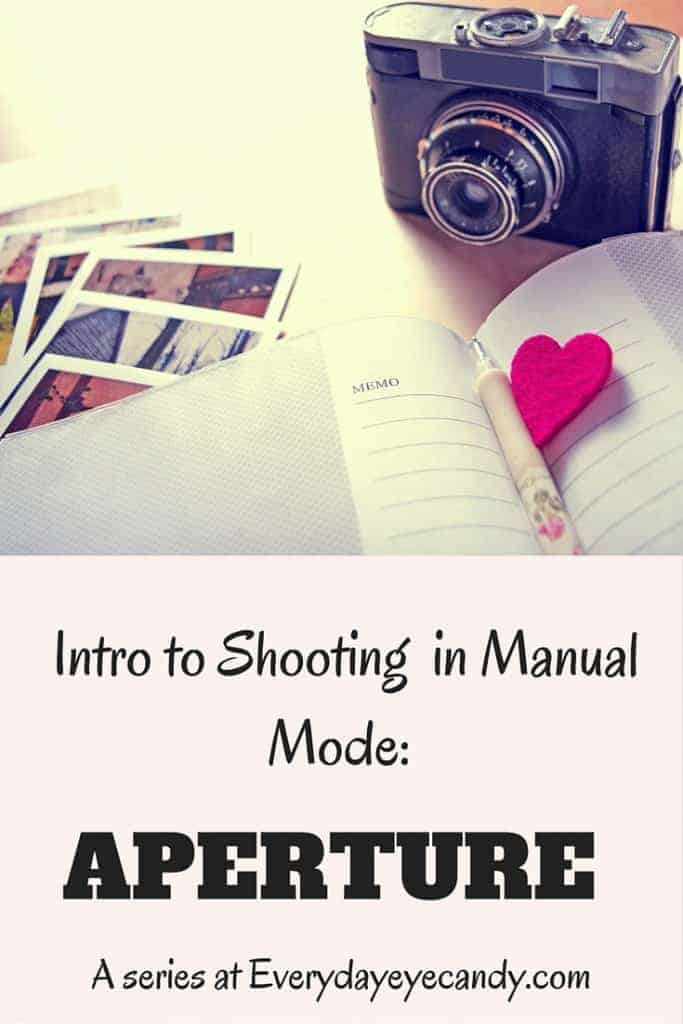
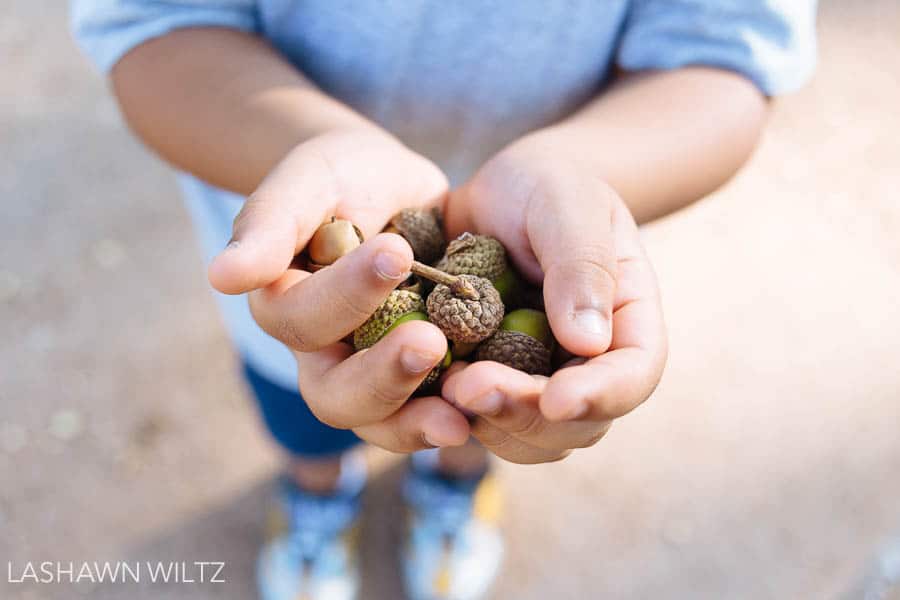
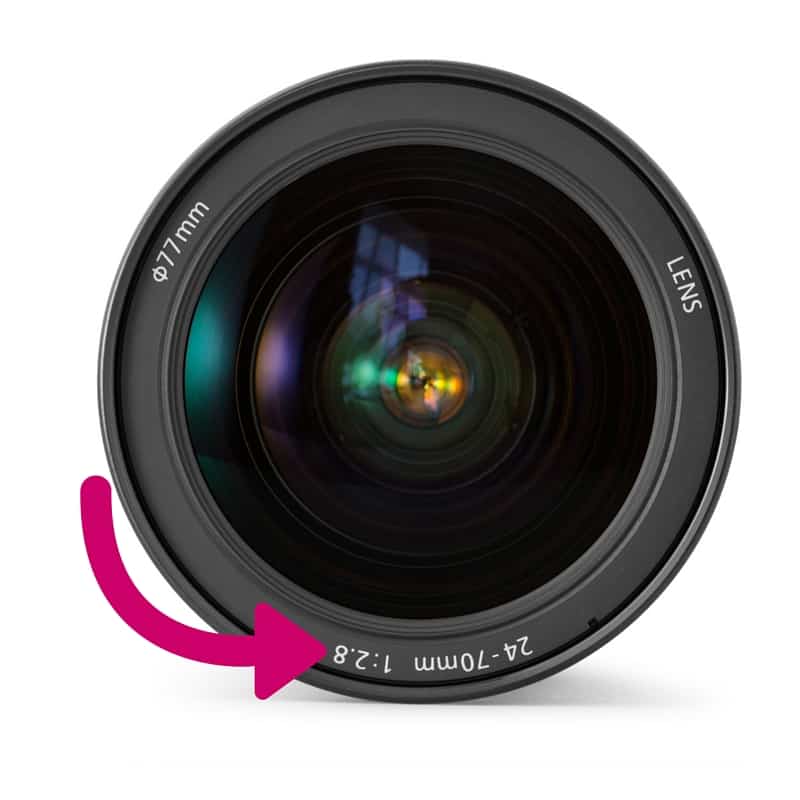

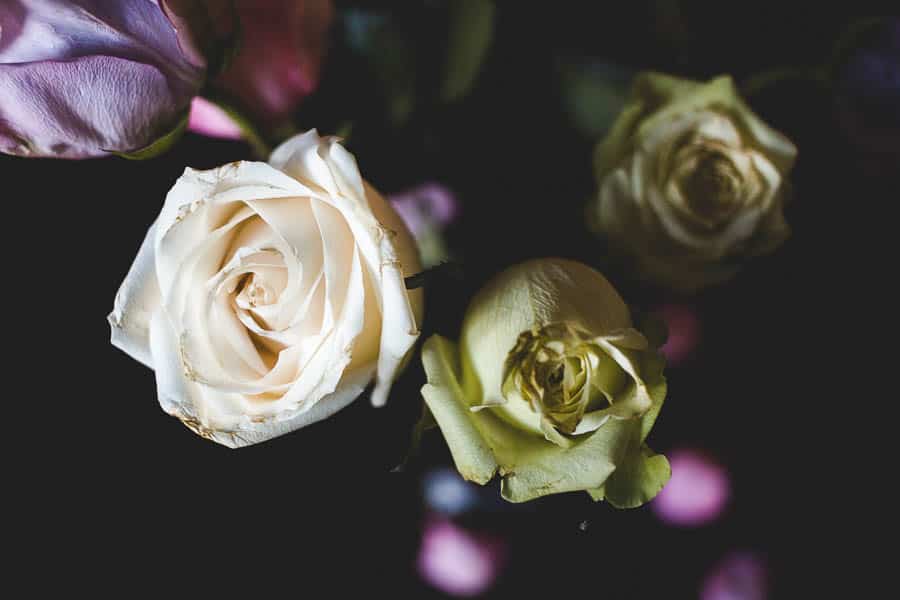
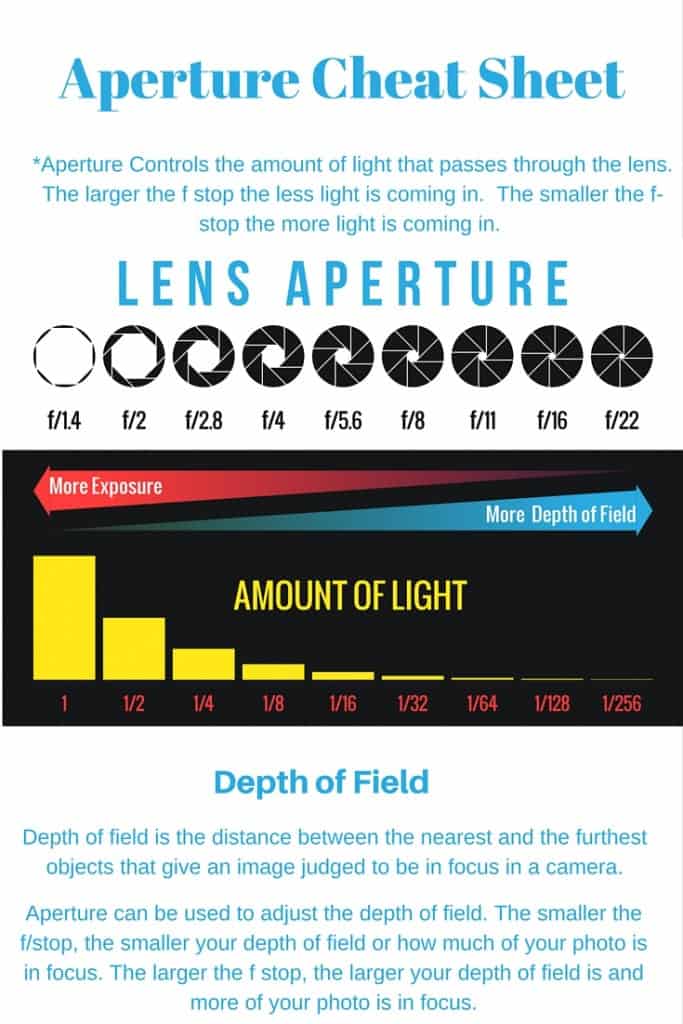
Thank you so much for these posts! I’m still trying to learn all the functions on my camera.
Great clear explanation on d.o.f…will practice on that…